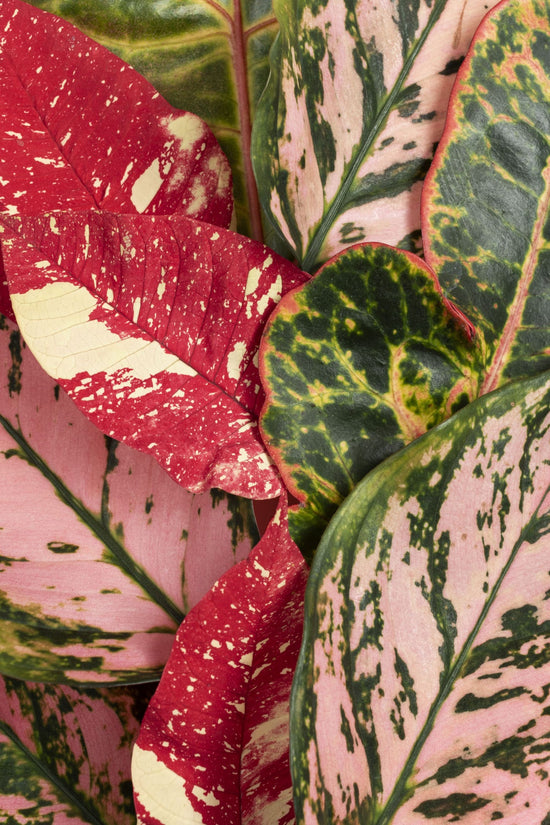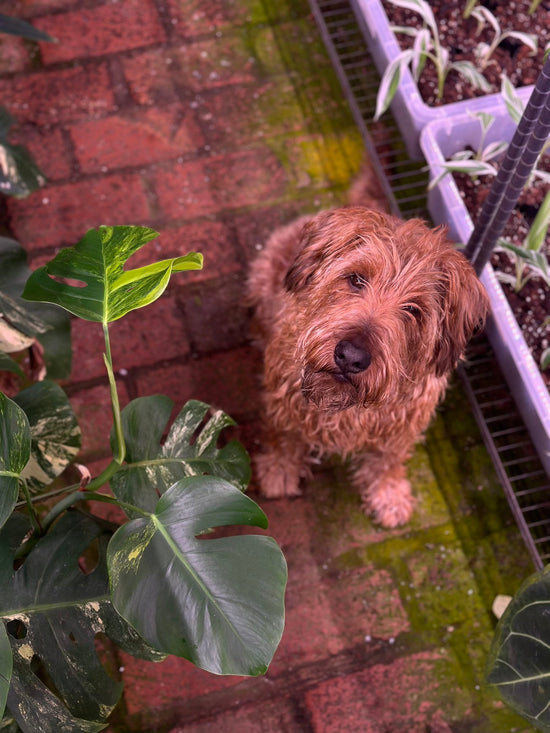Where does mildew come from?
The type of pathogen differs between downy mildew and powdery mildew. Powdery mildew is caused by fungi (ectoparasites), while downy mildew is caused by fungus-like microorganisms (oomycetes). There are various reasons why powdery mildew gets to the plant.
- Overwintering : The pathogens can overwinter as spores or fruiting bodies in plant remains, in the soil or on the plant itself.
- New infestation : In spring or under favorable conditions, the spores begin to germinate and infect new plants.
- Transmission : Powdery mildew can be transmitted by wind, water, insects, infected seeds or infected plants.
Powdery mildew and downy mildew: these are the differences
Although both diseases are referred to as powdery mildew, there are fundamental differences between downy mildew and powdery mildew.
Detecting mildew
You can recognize powdery mildew by a whitish, powdery coating on the surface of the leaves, stems or flowers that can be wiped off. Downy mildew affects both sides of the leaves and is characterized by a gray, purple or brown coating on the underside of the leaves and yellowish to brownish spots on the upper side of the leaves.
damage to the plant
Powdery mildew removes nutrients from the plant's surface. This causes the leaves to turn brown and dry out, and the flowers to wither. As the infestation progresses, entire parts of the plant die. Downy mildew penetrates deeper into the plant tissue and removes nutrients from the cells. It damages the plant from the inside, leading to brown, dry leaves, stunted growth and yield losses. Severely infested plants can die completely.
Conditions
Powdery mildew prefers dry, warm weather and is therefore referred to as a "fair-weather fungus" because it does not require leaf moisture. Downy mildew, on the other hand, prefers damp, cool weather, requires water to spread its spores and is referred to as a "bad-weather fungus".
How to fight mildew
Home Remedies for Powdery Mildew
The white coating of powdery mildew can be wiped off, but this is not enough to effectively combat the mildew. Remove infected leaves and shoots to stop the spread. Home remedies such as a milk-water mixture (1:8) or a mixture of baking soda, rapeseed oil and water can help - spray the plants every few days.
Treating Downy Mildew
Remove as many infected plant parts as possible and treat the plants immediately with suitable fungicides to prevent the disease from spreading. Make sure to treat thoroughly and regularly, especially the undersides of the leaves. In addition, you should ensure that the plants are well ventilated and avoid wet leaves.
Which host plants are frequently affected?
Powdery mildew can affect numerous ornamental plants and crops in your garden. Vegetables such as cucumbers, pumpkins, zucchini and tomatoes are particularly often affected, as are various types of fruit. Ornamental plants such as roses and hydrangeas can also be susceptible. Which plants are specifically affected by powdery mildew depends on the specific type of pathogen.
Preventing mildew
- Mildew-resistant varieties : Some varieties are less susceptible to the infection.
- Avoid air stagnation and humidity : Make sure the temperature is consistent, the plants are well ventilated and there is enough space between them.
- Fertilizer : Fertilization with a high potassium content strengthens the plants and reduces the risk of infestation.
- Pruning : Remove plant debris regularly.





